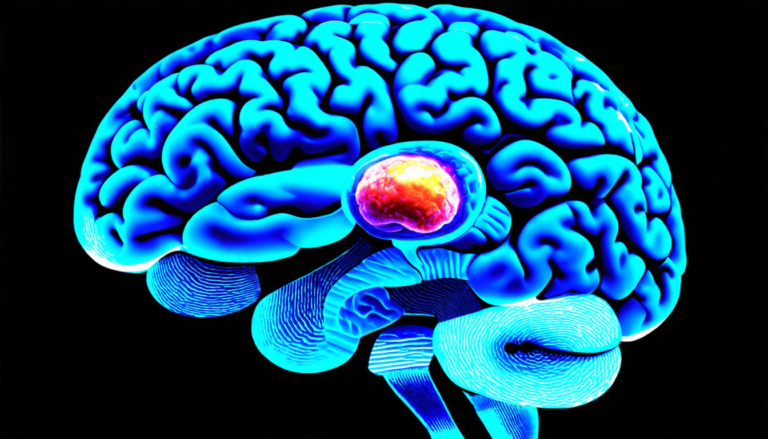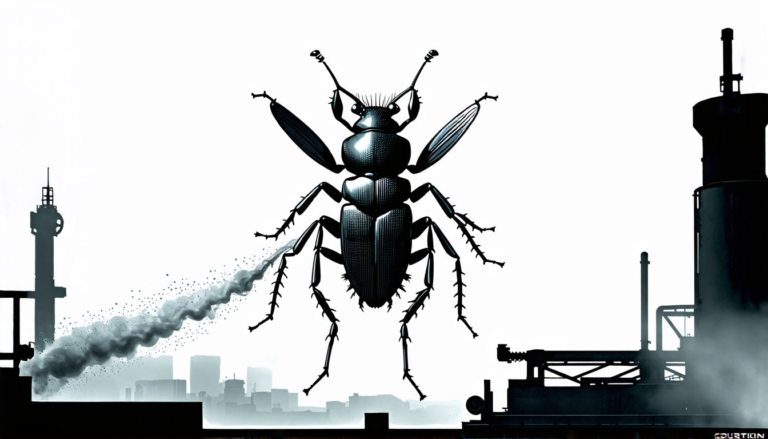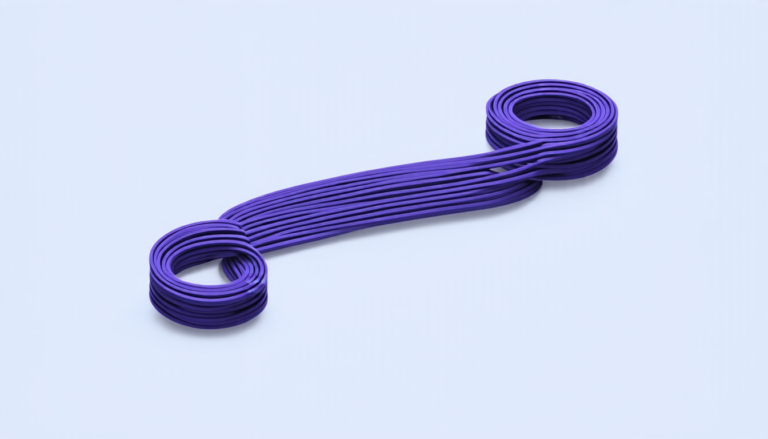Wednesday 16 April 2025
A team of mathematicians has cracked a longstanding problem in geometry, unlocking new insights into the way curves intersect on surfaces. The breakthrough, published in a recent paper, sheds light on the relationship between curve length and intersection points, with far-reaching implications for fields like computer graphics, robotics, and materials science.
The problem in question dates back to the 1980s, when mathematicians first attempted to establish an upper bound on the number of intersections between curves on a surface. The challenge lies in accounting for the complex interactions between these curves, which can twist and turn in ways that make it difficult to predict their behavior.
To tackle this problem, researchers employed a novel approach, leveraging the geometry of hyperbolic surfaces to develop a new framework for analyzing curve intersection. By exploiting the unique properties of these surfaces, they were able to establish a tight upper bound on the number of intersections between curves, effectively solving the long-standing issue.
The breakthrough has significant implications for computer graphics and robotics, where understanding curve intersection is crucial for tasks like motion planning and collision detection. In materials science, it could inform the design of complex structures with precise geometries, such as nanomaterials or biological tissues.
One key aspect of the research lies in its adaptability to different surface topologies. By developing a framework that can be applied to various surfaces, from spheres to tori, the researchers have created a versatile tool for tackling curve intersection problems across a range of domains.
The paper’s authors also highlight the potential applications of their work in computer vision and machine learning. As machines become increasingly adept at recognizing patterns and navigating complex environments, understanding curve intersection will be crucial for developing more robust and accurate algorithms.
While the problem may seem abstract, its implications are far-reaching and have the potential to transform a wide range of fields. The researchers’ innovative approach has opened up new avenues for exploration, paving the way for further breakthroughs in geometry and its applications.
Cite this article: “Unlocking the Secrets of Curve Intersections on Surfaces: A New Bound for Graph Drawings”, The Science Archive, 2025.
Geometry, Curve Intersection, Computer Graphics, Robotics, Materials Science, Hyperbolic Surfaces, Upper Bound, Motion Planning, Collision Detection, Machine Learning
Reference: Alfredo Hubard, Hugo Parlier, “Crossing number inequalities for curves on surfaces” (2025).







